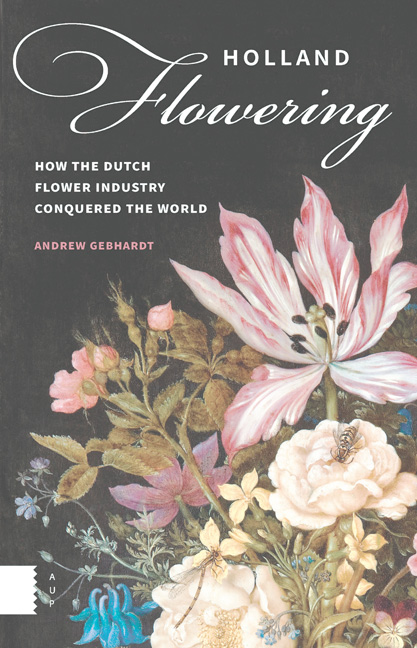Summary
I am letting two old roses stand for everything I believe in. I am restricting the size of the world, keeping it inside that plastic pot.
Gerald Stern
It was once said that the sun never set on the British Empire; today one might make a similar claim about the Dutch flower industry. From East Africa to East Asia, from Israel and Palestine to Ecuador and Brazil, Aalsmeer's auctions span the globe, selling flowers grown in 60 countries and exporting to about 140. Over the past several decades, the dynamics of horticultural production, transportation, and consumption have been shifting to more complex patterns and arrangements, and while the Netherlands remains at the center, the very idea of what it means to be at the center is changing. Industry planners, exporters, and growers alike have expressed anxiety that the Netherlands might eventually lose its grip on the business due to the increasing strength of competing growing regions and consumer markets. Though sales and distribution continue to flow through the Netherlands and FloraHolland, Dutch networks and horticultural institutions seem to be evolving toward the roles of middlemen – indispensable brokers, facilitators, and suppliers of knowledge and services. Some planners predict Dutch horticulture will continue to maintain its conceptual, financial, aesthetic and trend-setting position, but not necessarily occupy a fixed geographical hub in the same way the auctions do today.
Although such developments don't take place overnight, the process may already be well underway. While Dutch growers still cultivate more tulips and tulip bulbs than any other country, that's already not the case with other top-selling flowers. In the 1990s, Colombia became the number one producer of carnations, and in just a few decades, Kenya and Ethiopia have come to produce more roses than the Netherlands – significant not only because roses are the top-selling flower worldwide, but because the founding flower of Aalsmeer's auctions is the rose. There are many reasons for these sorts of transitions, including the obvious factors one might suspect: land, labor, water, and sun are far more plentiful and cheaper in the equatorial regions of South America and East Africa than in the Netherlands. But this is far from the whole story. And these areas haven't so much displaced or usurped the Netherlands as added to and adjusted the workings of the value chain in both obvious and subtle ways.
- Type
- Chapter
- Information
- Holland FloweringHow the Dutch Flower Industry Conquered the World, pp. 209 - 254Publisher: Amsterdam University PressPrint publication year: 2014



